Autumn Moon Festival: Japan’s Celebration in the Fall

Tokyo Terry
Posted on October 07, 2024
Share:
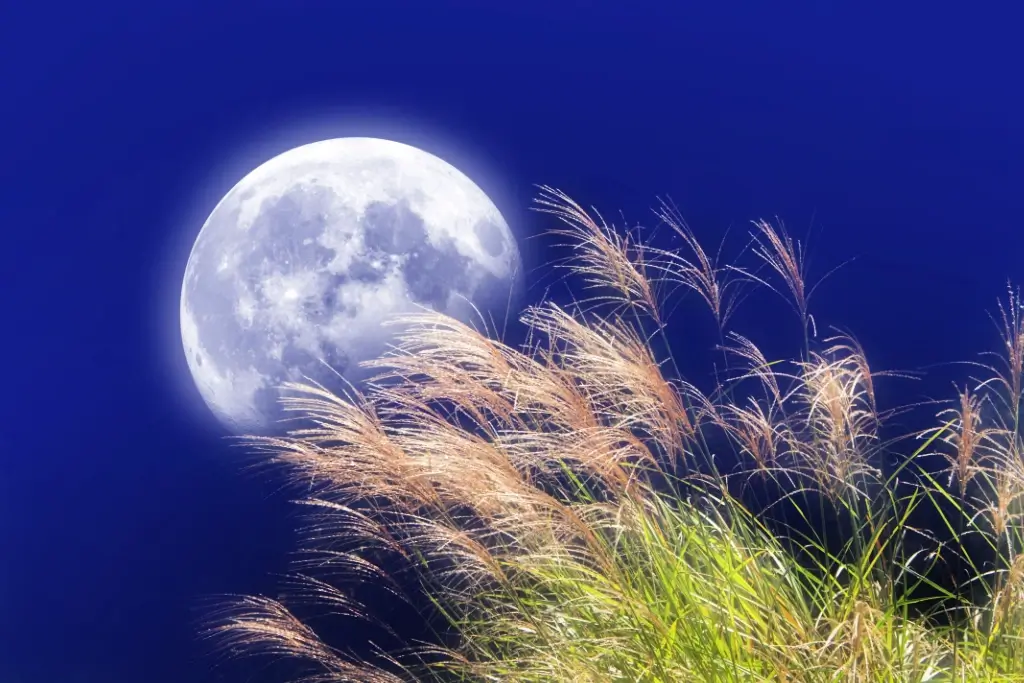
The Autumn Moon Festival (tsukimi) is a time of reflection in Japan. During the fall months, people across the country come together to acknowledge the changing seasons and appreciate the season’s brightest moon (jugoya). They worship the moon by sharing stories, poems, activities, and special delicacies. Many of these originated almost a thousand years ago.
This time of year fosters a deep connection to nature. Farmers especially feel grateful for the fall harvest. For others, taking time out of a busy schedule to look at the moon is sufficient. Let’s investigate the history, customs, and activities associated with autumn moon celebrations.
When did people start celebrating the Moon?
Japan’s Heian era spanned from 794 to 1185 CE and was a golden age of culture and art. The capital was moved to Heian-kyo (now Kyoto), marking a new era of peace. During this period, Japan began developing its own unique cultural identity. As a result, the nation began to distance itself from Chinese influences and developed new forms of art, writing, and literature. Japanese-style Buddhism also emerged during this time, which prompted a deep appreciation for nature and its seasonal changes. The practice of moon viewing gained popularity during this period.
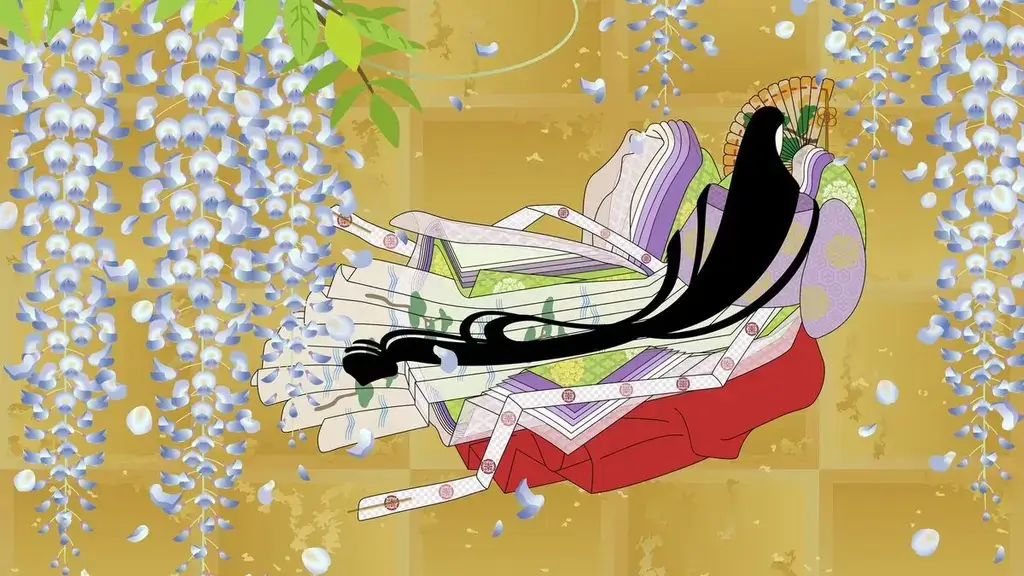
Chinese traditions originally inspired Tsukimi, which developed into a uniquely Japanese style and became a popular activity among the aristocracy. The full moon’s reflection on water was particularly cherished, as it symbolized the impermanence of life. Nobles would gather to observe this effect, often on boats or in carefully designed gardens. Poetry, music, and games were an essential part of the gatherings.
However, moon festivals during the Heian period were more than just social events. Over time, the tradition spread beyond the court to the rest of Japan. The full moon of the eighth lunar month became especially significant as farmers harvested crops at this time.
What activities can I do during the festival?
Stargazing is a favorite activity during the autumn moon festival season, as the lower humidity of fall results in clearer skies. And Japan has several prime stargazing locations. Kozushima Island is just six kilometers from the mainland but still part of Tokyo. Despite its proximity to the city, the island has minimal light pollution and offers an exceptional stargazing experience.

Bisei Town in Okayama Prefecture is another top destination for stargazers. The town’s name means “beautiful star,” reflecting its dedication to preserving the night sky. Visitors can explore the Bisei Observatory and participate in annual stargazing events.
For a tropical stargazing experience, Iriomote-Ishigaki National Park in Okinawa Prefecture is an excellent choice. As a Dark Sky Park, the area provides some of Japan’s clearest night sky views. Even the Andromeda Galaxy is visible. The park’s remote location and lack of urban development contribute to its pristine sky. Additionally, it is home to moon shrines where visitors can explore the unique historical significance of the deities worshiped there.
Visit moon shrines
Visiting moon shrines is another popular pastime. Tsukiyomi Shrine in Kyoto’s Nishikyo Ward is part of the Matsuo Seven Shrines. These shrines are dedicated to Japan’s moon god, Tsukuyomi no Mikoto, and offer a peaceful setting surrounded by lush greenery. Meigetsuin Temple in Kamakura is also worth mentioning. Established in 1160, it is famous for its hydrangeas, moon-themed decorations, and “moon gates.”
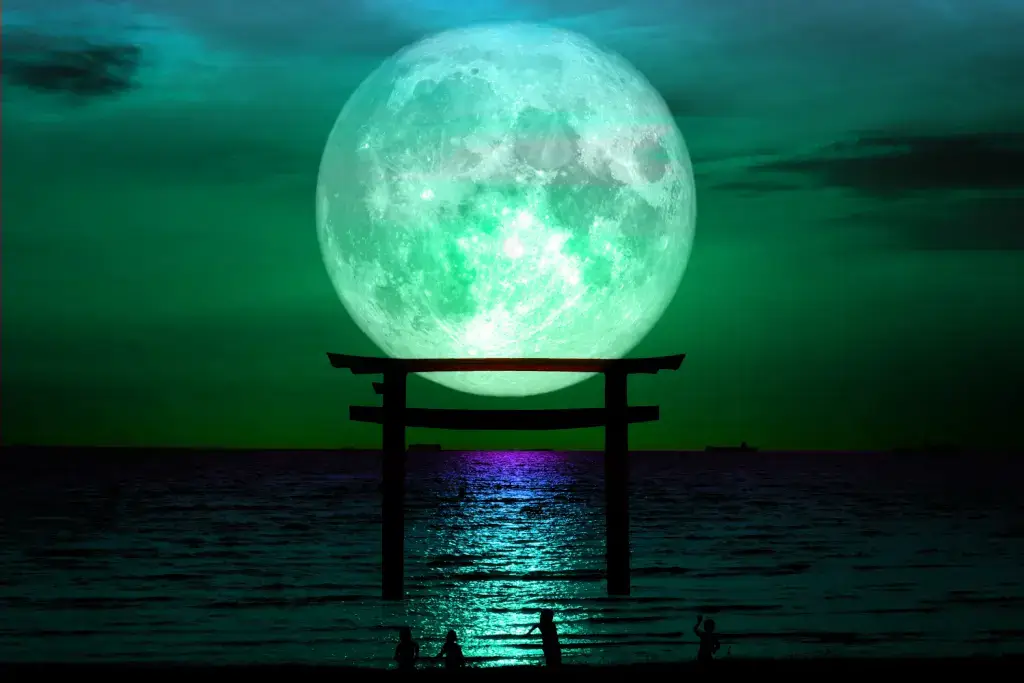
Gassan Shrine in Yamagata Prefecture sits atop Mount Gassan. After a two-hour hike to the summit, breathtaking views can be enjoyed from this site. It was founded in 593 and is associated with the Shinto moon god. Tsuki Shrine in Saitama Prefecture was built by Emperor Sojin about 771 years ago. It is known for its connection to rabbits, believed to be the shrine’s messengers. Stone rabbits and rabbit-themed decorations adorn the grounds.
Are you looking for amazing snacks for your next Autumn Moon Festival? Check out Sakuraco! Sakuraco delivers traditional Japanese snacks, teas, and sweets from local Japanese makers directly to your door so you can enjoy the latest treats directly from Japan!
Are there any legends related to the Moon?
The Heian era’s cultural evolution resulted in an evolution of Japanese literature. The kana writing script was created, making knowledge more accessible to everyone. This, along with Japanese Buddhism, gave rise to much moon-related folklore. Murasaki Shikibu’s The Tale of Genji (considered the world’s first novel) emerged during this time. It explores the life of nobleman Hikaru Genji and gives a glimpse into Heian-period society through the themes of love, loss, and politics.
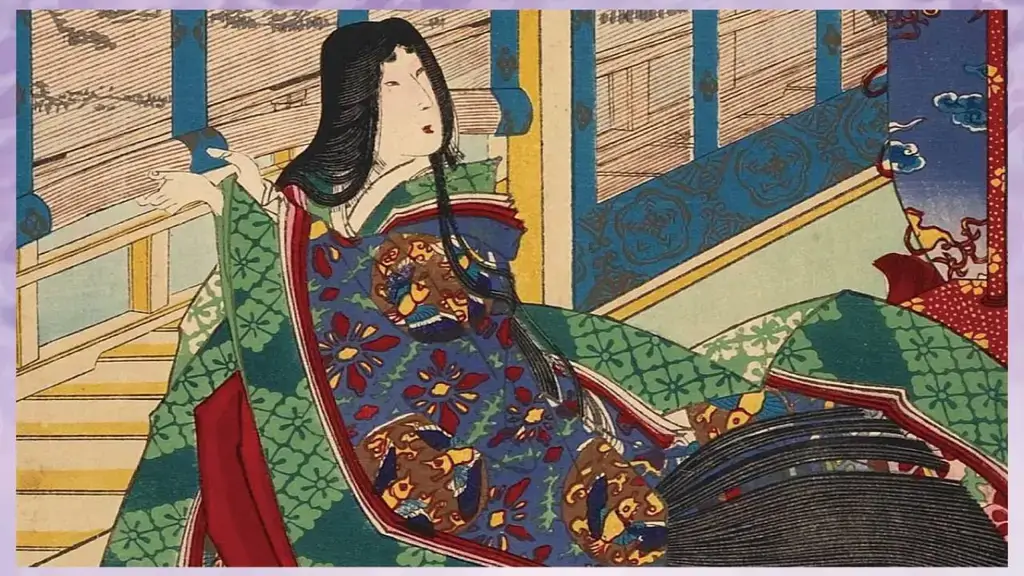
Beyond The Tale of Genji, other moon legends also arose during this era. The Tale of Princess Kaguya (The Tale of the Bamboo Cutter) was also written in this period. This tale by an unknown author begins with an elderly bamboo cutter and his wife. They find a mysterious baby girl inside a glowing bamboo stalk. As she grows, her beauty attracts various suitors, including the Emperor of Japan. But she eventually reveals that she is Kaguya-hime, a princess who once lived on the moon. She then returns to her home, leaving everyone on earth heartbroken.
What snacks can I enjoy during the Autumn Moon Festival?
The snacks associated with this festival usually represent the moon in some manner. In Japanese culture, gold is associated with good fortune, and circular or round shapes symbolize the moon. Tsukimi dango (moon-watching dumplings) is a popular treat. They are often stacked on a stand as offerings. Tsukimi udon is a warm dish of thick noodles in savory broth topped with a raw egg yolk. It is the perfect warm, filling meal on a cool autumn night. Mooncakes are another seasonal favorite, round pastries with fillings like red bean or salted egg yolk. And kuri kinton is a sweet paste made from chestnuts and sweet potatoes, whose golden color, symbolizes prosperity.
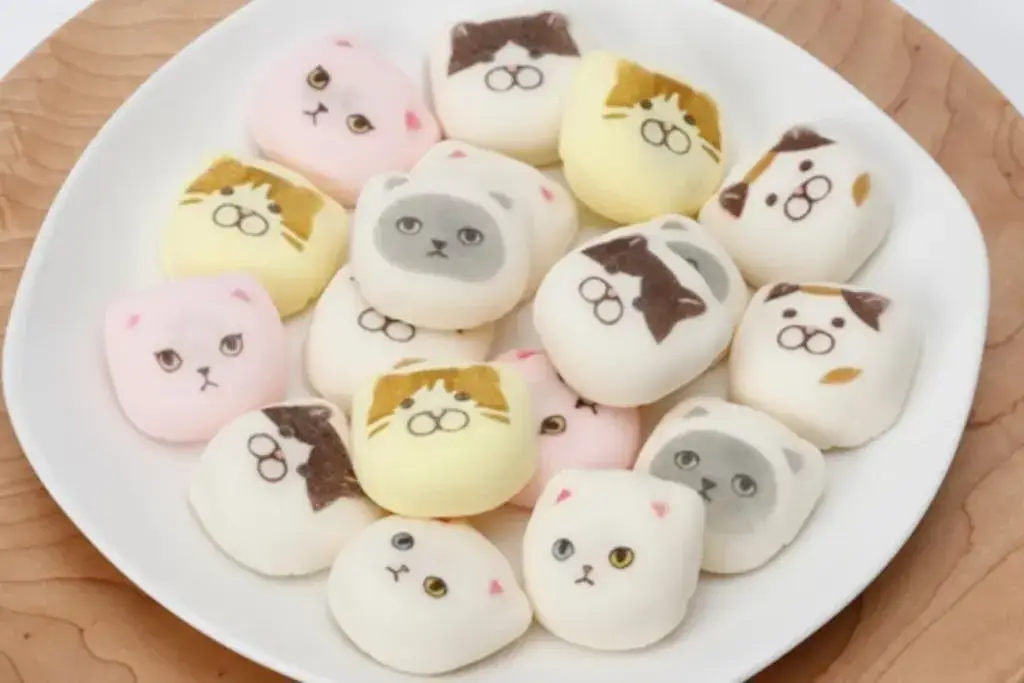
Side dishes made from seasonal foods are also customary. Hoshigaki (dried persimmons) has a chewy texture and sweet flavor. It is used to add vibrant orange hues and enhance presentation. Pumpkin (kabocha) is used in everything from sweet desserts to kabocha no nimono, a simple dish of simmered pumpkin. Matsutake mushrooms are prized for flavor and are often used in rice dishes like matsutake gohan. But some more unusual snacks include hozui, a type of marshmallow and kodaimai senbei.
Why do people celebrate the Autumn Moon Festival?
People celebrate the Autumn Moon Festival because it shows an appreciation for nature and brings the community together. On a deeper level, it is a time to reflect on life, symbolized by the moon’s changing phases. Historically, it was focused on the moon, but it has now been expanded to observing the entire universe. Tsukimii is also a way to express gratitude for a successful harvest with seasonal food offerings. But these dishes are much more than tasty treats.
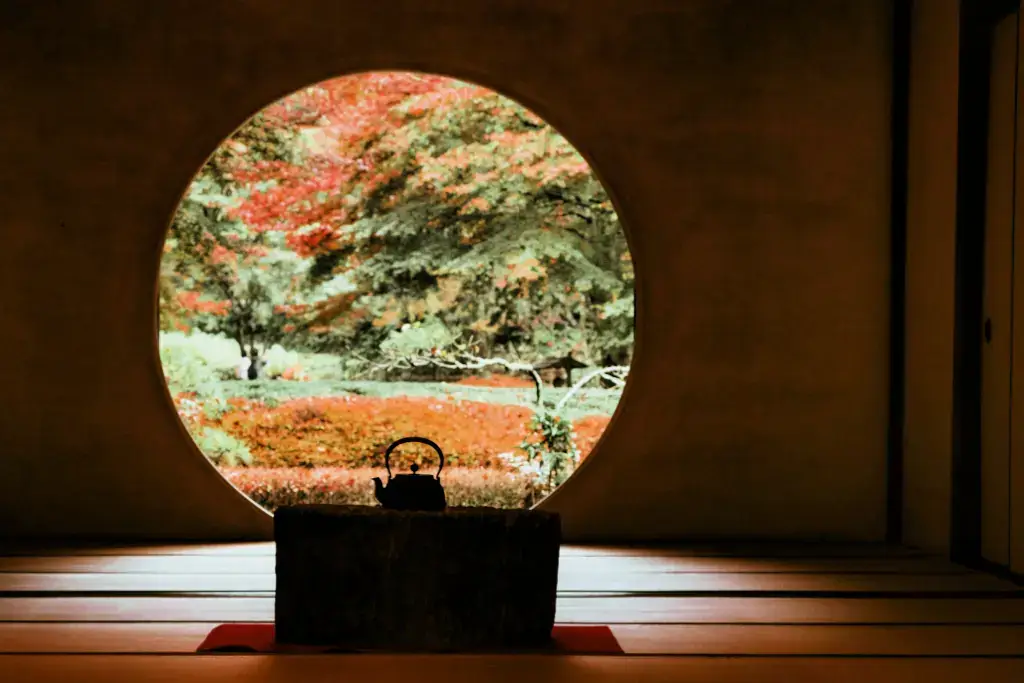
They also serve as reminders of the festival’s significance. This autumn festival has preserved and passed down customs and literature that have survived since the Heian era. And it continues to do so by connecting them to the modern world. What do you usually do during the Autumn Moon Festival? Do you know of any less popular customs, dishes, or stories associated with tsukimi? Feel free to share below!

Discover authentic flavors with Sakuraco
Get Sakuraco 

Discover authentic flavors with Sakuraco
Get Sakuraco 
Related Articles
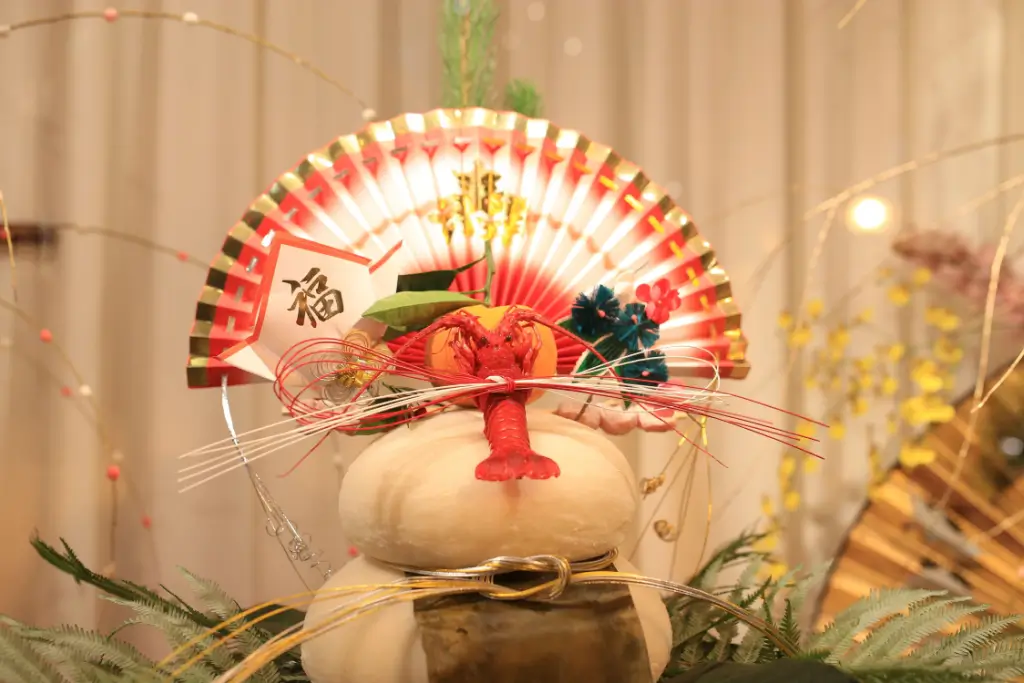
Toshigami and the New Year: How Shinto Welcomes a Sacred Visitor
In the Shinto tradition, Toshigami is the deity who arrives at the end of every year and remains through the New Year to bring blessings, a bountiful harvest, and good fortune. People in Japan honor Toshigami at the turn of the year with rituals, decorations, and special foods.
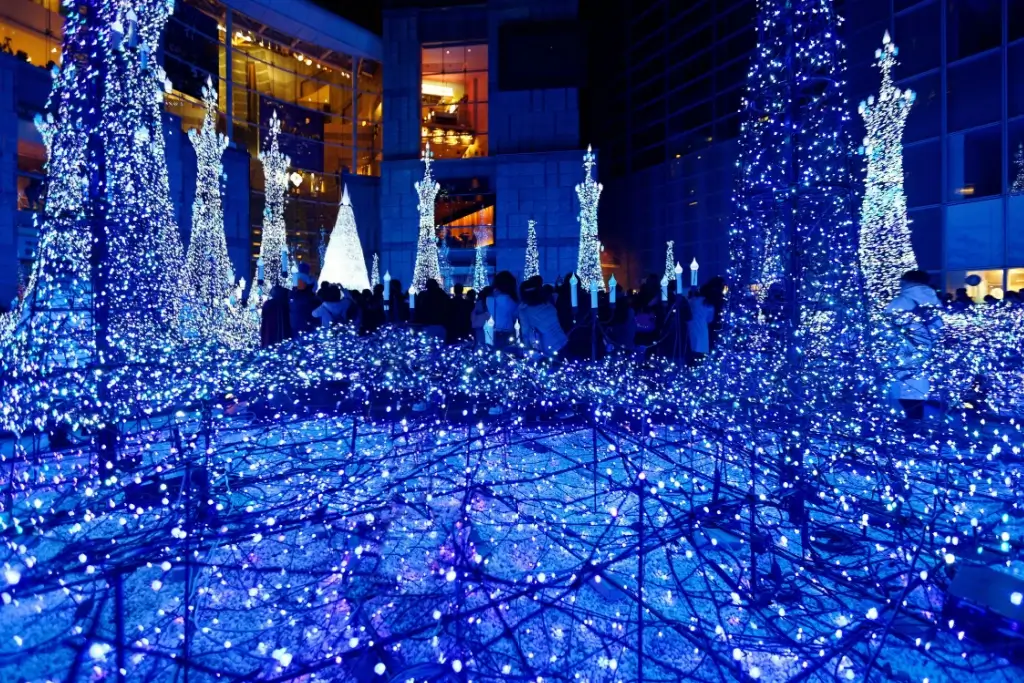
Japan in Winter: Why Are Illuminations Important?
Winter illuminations have become a tradition in Japan at the start of every Christmas season. Their sparkling brilliance chases away the cold of Japan in winter and encourages people to enjoy festive year-end activities. Let’s explore the origins and the amazing spots of winter illuminations in this beautiful country!

Behind the Camera with Rachel and Jun: Stories from Everyday Life in Japan
We had a lovely chat with Rachel and Jun about their story, from their early beginnings to how their videos continue to inspire people around the world. We’ve gathered and crafted their reflections into this special feature, so you can experience their story in a way that feels just like their videos: warm, genuine, and…
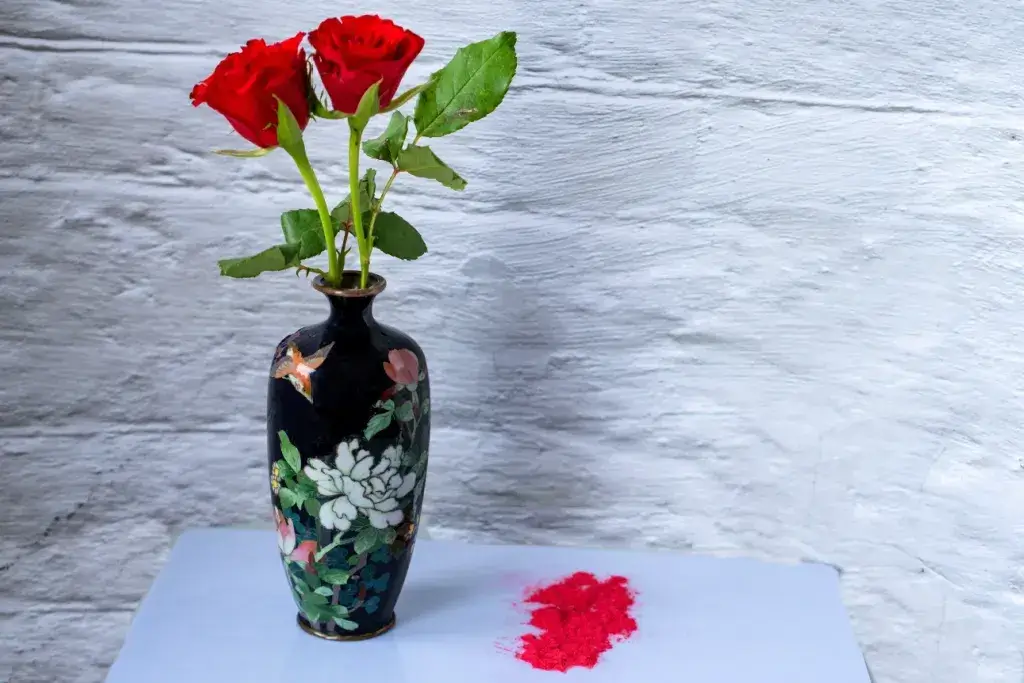
Japanese Ceramics: The Alluring Wares of Shippo Yaki
Imagine holding a small dish that glows as if sunlight is trapped inside it. This perfect example of Japanese ceramics resembles glass, with its colors deep and luminous, outlined with threads of silver. That’s the magic of shippo yaki.



